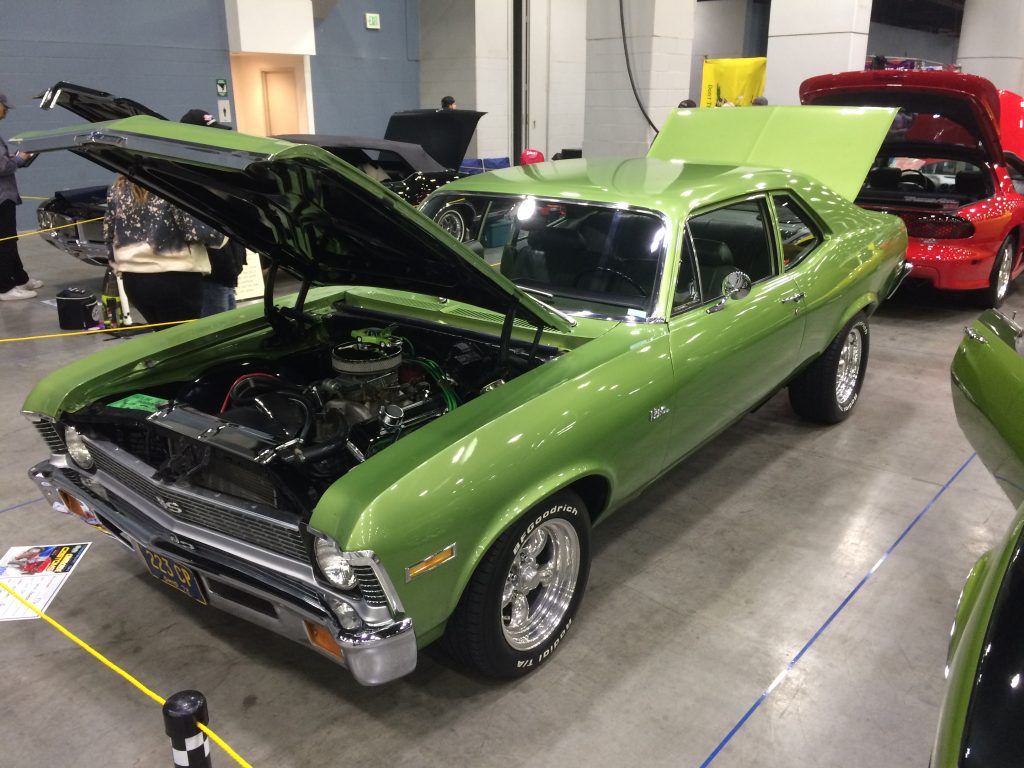
The gearhead performance world has a dictionary all itself—with terms like Rat Rod, Slapper Bars, Lake Pipes, and countless others.
But while most of those phrases are easily defined and established, there’s one term that is quite a bit more nebulous:
The “Day Two” Muscle Car.
And it seems that the term is becoming increasingly more popular as time goes on. So we wanted to define it as best we could here, with hopes that it gives you a better idea of what a Day Two musclecar or hot rod modification is (and what it isn’t).
But let’s be clear: this definition relies a lot on opinions and loose interpretations that have been nuanced over the decades, so if you disagree with anything you read here, feel free to let us know in the comments section at the bottom of this article.
Before we continue, you’ll notice that we use images of Camaros, Mustangs, Challengers, Corvettes, etc. in the article. If we’re being pedantic, those are technically pony cars/sports cars and not muscle cars, yet were chosen solely for illustrative purposes.
What is a Day Two Muscle Car?
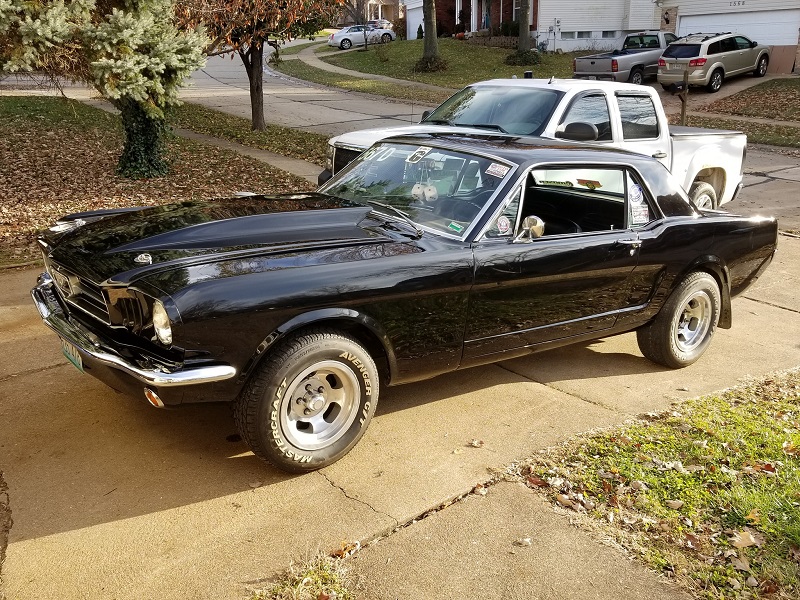
According to Summit Racing’s Tom Lynch, “Day Two mods are upgrades the owner begins to make to the car soon after delivery. They are done by the car owner and/or with his friends and encompass bolt-on type parts that can be installed relatively easily with little effort.”
So imagine yourself waking up to a brand new car in your driveway. You’ve got a wrench in one hand, coffee in the other—and a set of headers, some wheels and tires, a big tach, and an intake manifold spread out in your garage. Then after a day of wrenching, you’ve got a hot rod that’s uniquely yours.
That’s the spirit of a Day Two build.
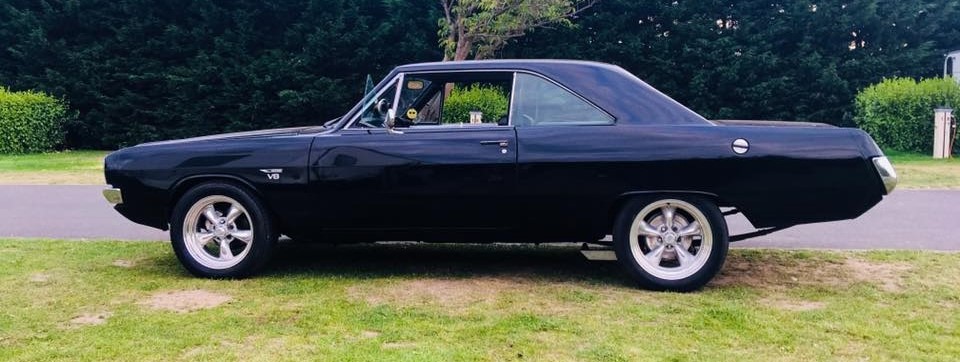
It’s important to note here that Day Two status doesn’t necessarily put a strict window on when these mods get done either (it can be day three or day 1,207 for all we care), yet it does somewhat limit the scope and scale of the work.
In other words, if you can’t do the upgrade in your driveway with a couple of pals over, say, a weekend, then it’s probably not a Day Two mod. And if you want specifics, here are some good examples to illustrate what we’re talking about:
Common Day Two Modifications
- Aftermarket wheels
- Bigger tires
- Valve covers/underhood dress-up
- Suspension rake/rear shackle lift
- Traction bars
- Rear axle swaps
- Brake swaps/upgrades
- Headers
- Bumper or trim removal
- New mufflers/exhaust
- Fog/driving lights
- Hood pins
- Supplemental gauges
- Shifter
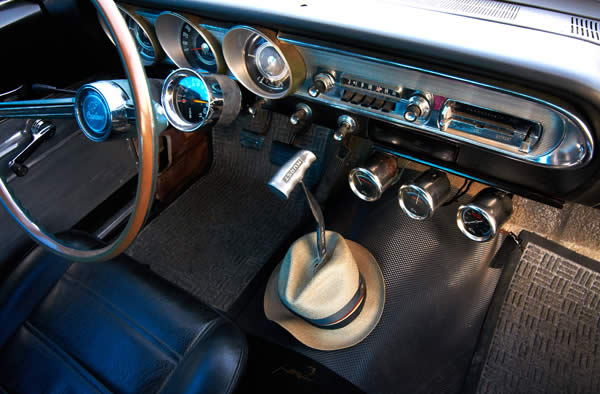
What is NOT A Day Two Modification?
While the list of qualifying Day Two mods is pretty lengthy, there are some upgrades that definitely fall outside the classification. We asked OnAllCylinders contributor Alan Rebescher his thoughts, and here’s what he said: “Day Two is usually bolt-ons, but that is a very inexact term. Cylinder heads and cams can be bolt-ons just like headers and carburetors.”
And he’s right—it’s tough to build a codified ruleset here because your car’s upgrade list is usually influenced by your skill level. But as a general rule of thumb, mods that may require weeks to do (like engine machining or paint/body work) or require some outsourced work (like, well, engine machining and paint/body work) may not qualify as Day Two material.
In that same spirit, upgrades that are a bit more labor intensive, like full race conversions or wheelbase alterations, tend to fall out of the Day Two category as well, even if you do them yourself in your garage.
These Likely Wouldn’t Be Considered Day Two Mods
- Porting/polishing
- Full paint jobs
- Custom bodywork/fabrication
- Driveline conversions
- Major suspension/chassis modification (eg, Gassers)
- Structural alterations
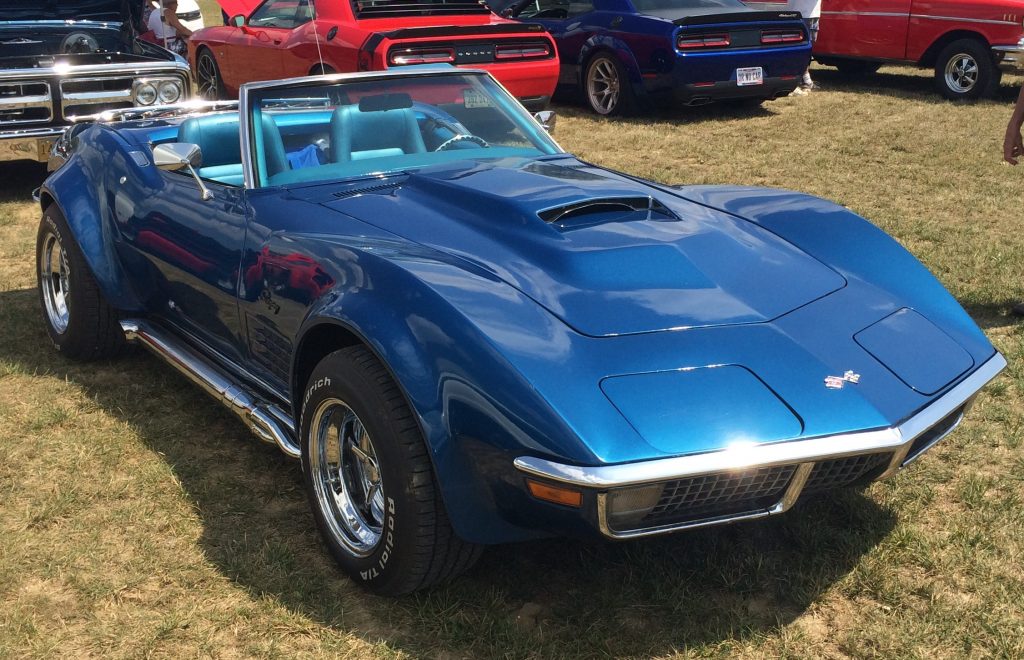
Period Correct Counts
Before we go much further, it should be stressed that you can make a Day Two mod on a vintage musclecar still today, even if you’ve owned it for decades already. The term “Day Two” doesn’t really limit your timeframe.
The only caveat is that it has to be period correct. That’s a fancy way of saying it has to be a part or modification that was common and/or available to gearheads during the time period in question.
So if you’ve got a vintage musclecar from the 1960s or 1970s, that means no LS engine swaps, EFI conversions, twin-turbo retrofits, six-piston brake calipers, or 20 inch chrome wheels.
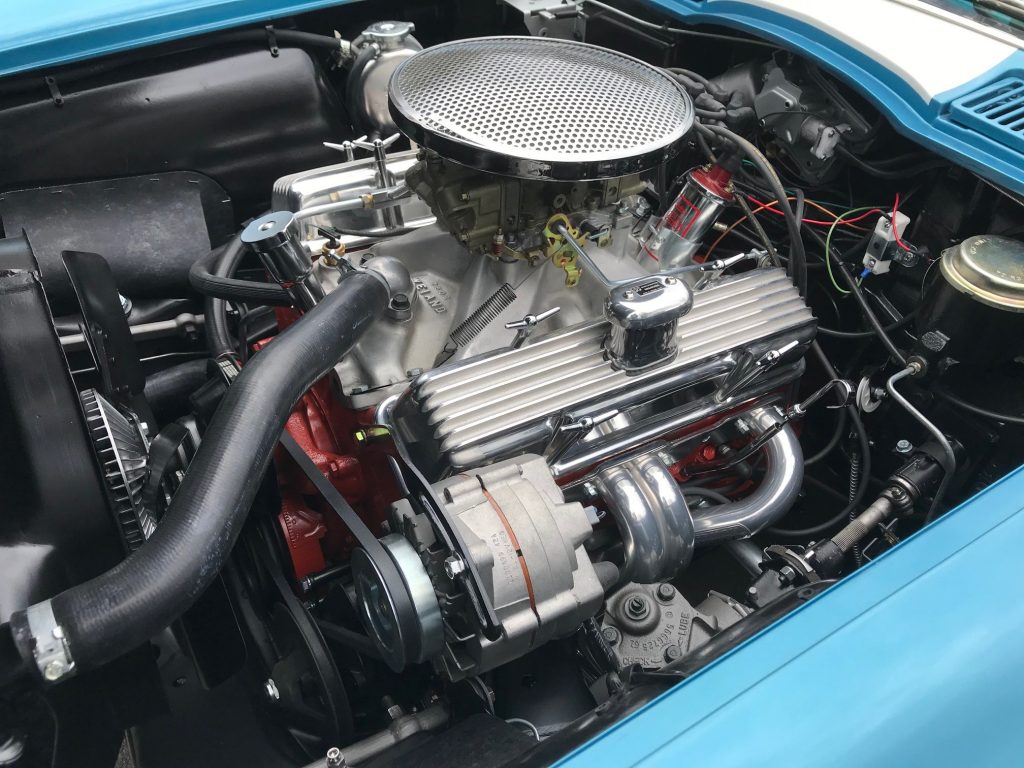
Do Dealership Modifications or Special Editions Count as Day 2?
One of the neatest things about the musclecar heyday of the late 1960s and early 1970s, was that local dealerships often modified its own lot cars to make them more appealing to hot-footed buyers. While these modifications could be as tame as those aforementioned traction bars or mag wheels, some dealerships turned it up to 11 with their own engine-swapped performance packages. We’re talking about those familiar names like Yenko, Baldwin Motion, Royal Pontiac, Tasca Ford, Mr. Norm, and others.
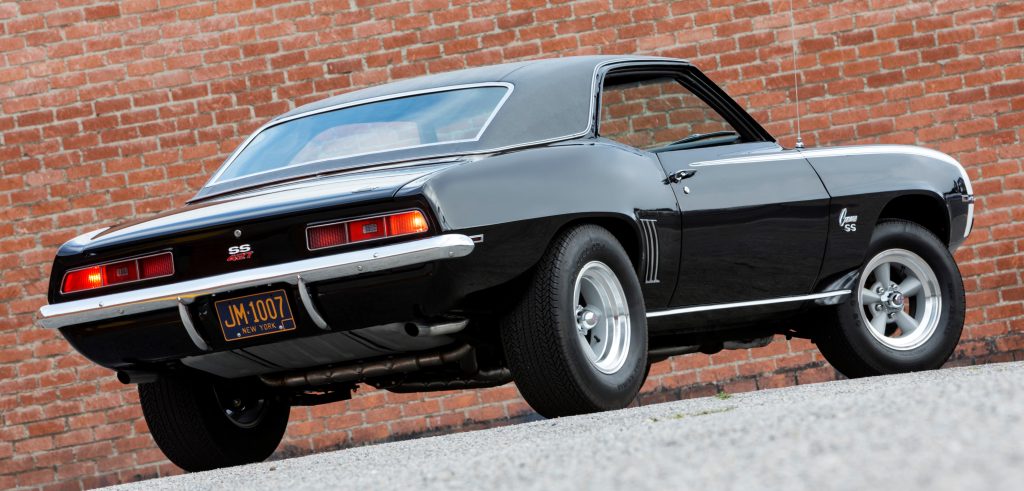
So are these dealer-backed offerings considered Day Two musclecars?
While opinions differ both online and with a few of the Summit Racing folks we talked to, the general consensus is no.
That’s because the whole magic of a Day Two mod lies in the new owner using their own skill and ability to install parts to meet their own personal tastes, instead of grabbing something off the shelf.
Regardless of the awesomeness of a dealer-backed muscle car, buying something off the showroom floor kind of defeats the spirit of the Day Two moniker. For that reason, we’re inclined to say something like a Yenko Nova or Phase III Camaro would not be considered a Day Two musclecar.
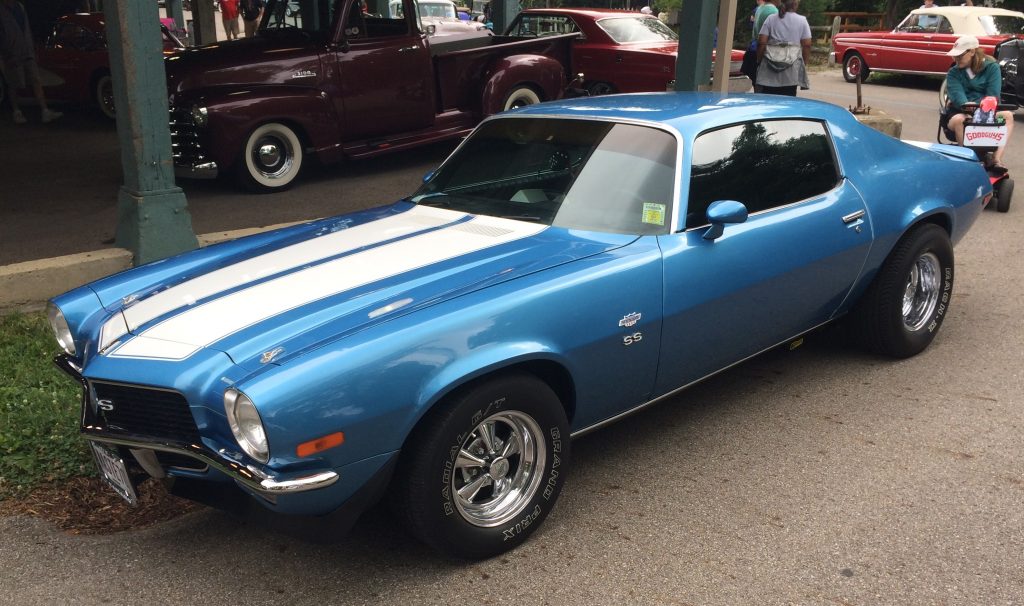
Rules Schmules
Don’t get too caught up in the nomenclature or these admittedly vague guidelines here either. Upgrade your car the way you want it. And whether that means a foot-shaped gas pedal or a full-blown EFI conversion, it doesn’t matter as long as you enjoy the experience and the results.
Happy hot rodding!
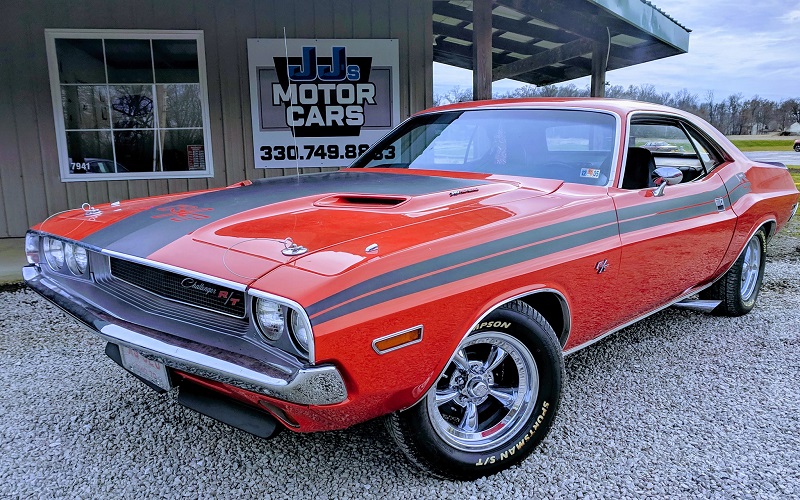

Decent article. The only foul here is saying a cowl hood was a day 2 mod and then showing a mustang with one. Other than a Camaro, that wasn’t a mod people were doing in day.
For me, the parts really should be withing 2-3 years of when thw car way made for Day 2 status.
I see the argument for the Dealer prepped cars, but honestly it’s a coin toss. If I could buy some Cragar’s from Shaw’s Speed Shop and put them on, cool. If I could have had the dealer do the same, but give me a $100 credit for my take-off stockers- that was compelling. Same parts, just debating the origin of how they got there- on a nearly identical time line is tough.
Please use tires like Goodyear polyglass L 60 instead of modern cheap radials on your vintage cragars